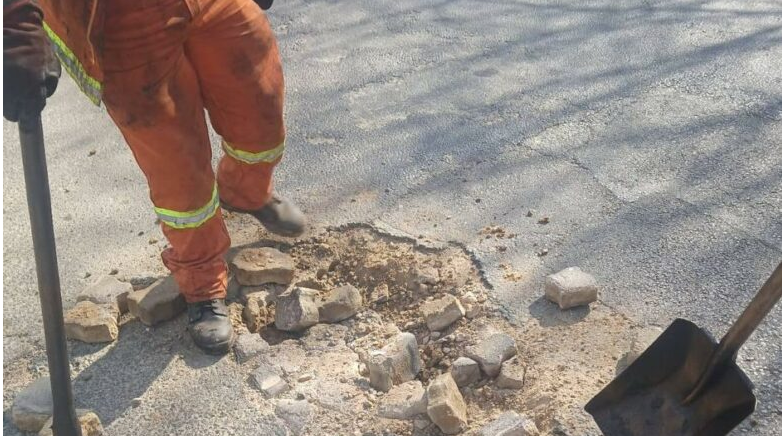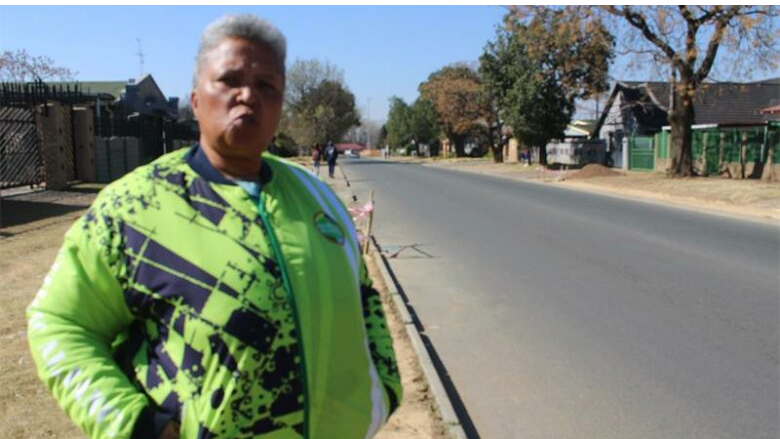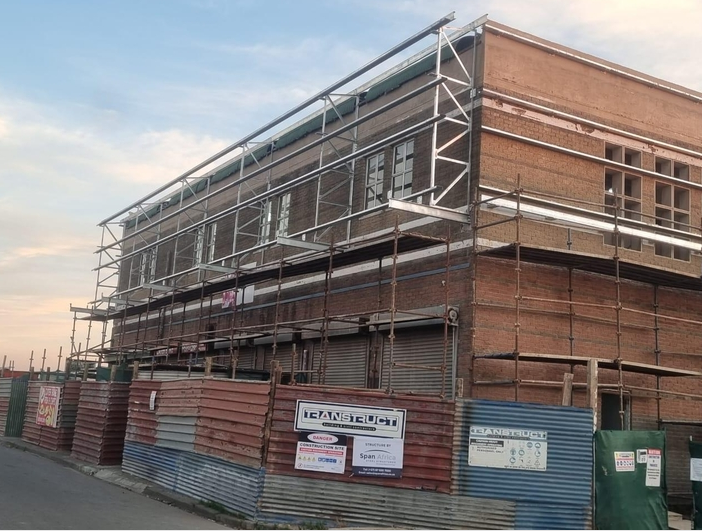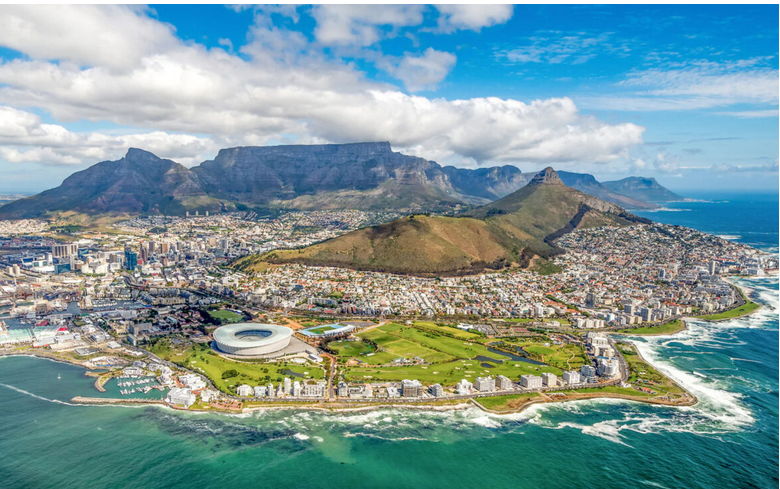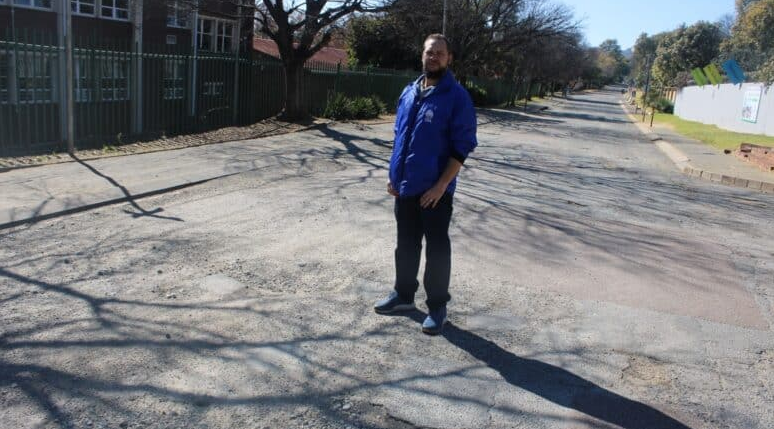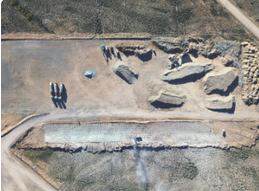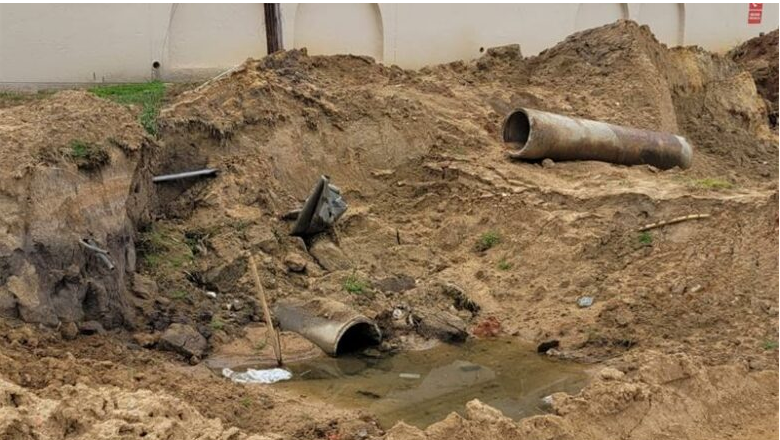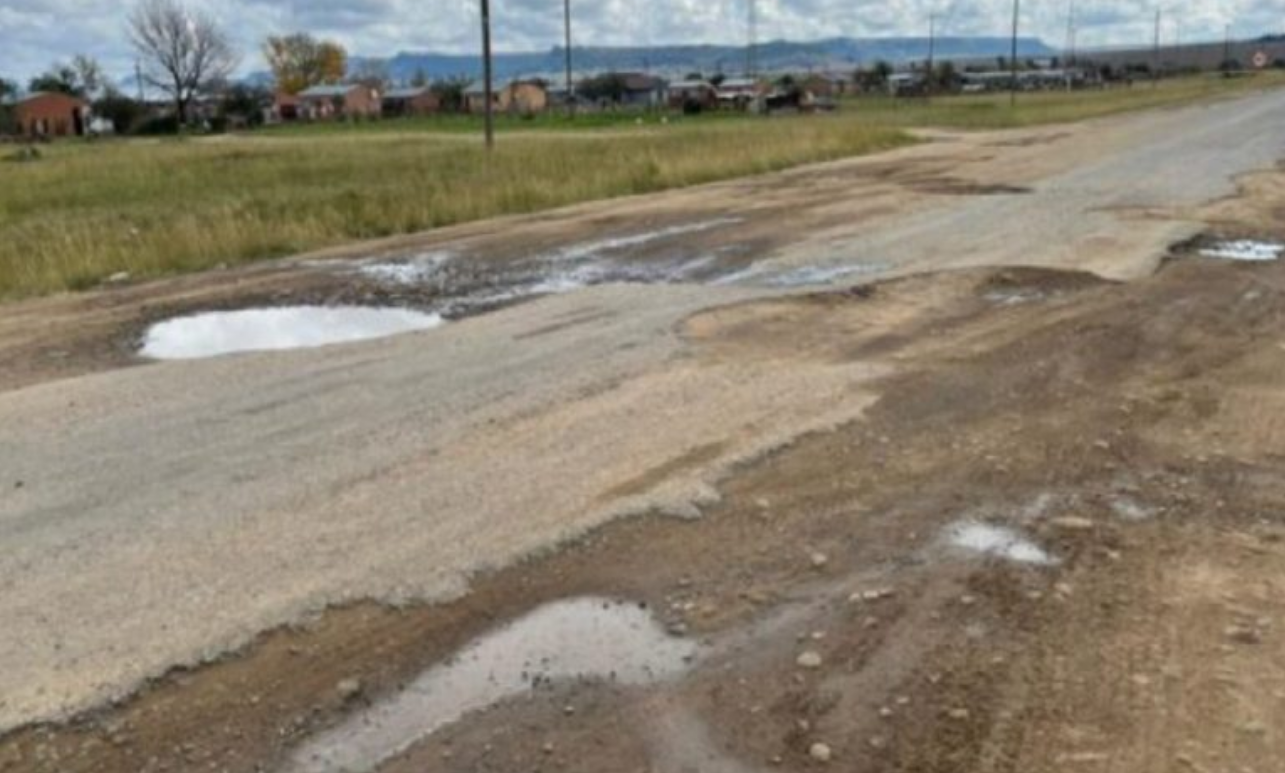Ageing infrastructure, emergency measures hit Eskom’s profit, says CEO
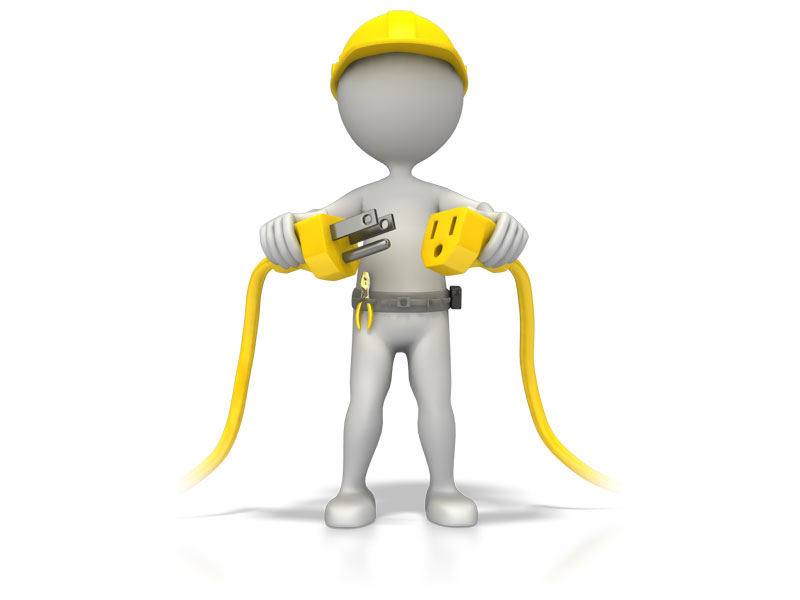
Advertising
25-11-2014
Read : 58 times
BusinessDay
Source
AGEING infrastructure and disproportionately expensive emergency electricity generation methods have taken a toll on power utility Eskom, which has seen its net profit drop 24% to R9.3bn in the six months to September.
At the end of the financial year in March next year, the company expects its profit to drop to a break-even R500m.
That means the utility will report a net loss of R9bn in the remaining six months of the financial year, said CEO Tshediso Matona at the presentation on Tuesday.
"Eskom always makes its profit during the first half of the year," said Mr Matona.
In the six months to September last year, Eskom reported a net profit of R12.2bn. In the year ended March that figure was R7bn. Three years ago, Eskom produced an annual net profit of R13.2bn.
While sales revenue rose 5.4% to R82bn in the period, volumes of electricity produced and sold declined 1.4%, Mr Matona said.
The company has had to cope with an unusually high number of breakdowns of its power stations, many of which are perilously close to the end of their operational lives of an average 50 years. It has resorted to rationing power three times this year, the latest load shedding being this week after a combination of wet coal and a collapsed coal silo at the 13-year-old Majuba power station halved the plant’s maximum 3,800MW output.
To further compound the state-owned company’s problems, its suppliers are struggling to meet the high demand for diesel, which is used to power the Ankerlig open cycle gas station outside Mossel Bay in the Cape. Eskom has had to resort to using the loss-making and expensive diesel-fired generating plant as it has been struggling to meet demand for the year.
While the power station helps to keep the lights on at peak demand times, it costs R3.50 to generate a kilowatt hour of power from Ankerlig, but Eskom can only sell the power for less than R1 per kWh.
"Financially Eskom will still be challenged, thus we require that the issue of cost-reflectivity (in pricing electricity sales to consumers) be addressed quite decisively," said Mr Matona.
Eskom is functioning with a third of its 42,000MW generating capacity either broken or offline for regular maintenance.
The National Energy Regulator of South Africa determines what prices Eskom can charge for its power, and has capped its price increases at 8% for the five years to April 2018. That’s half the amount Eskom had asked for, resulting in a revenue shortfall of R225bn over the period.
The utility must rely on sales revenue to maintain its old equipment and to build new generating infrastructure.
Three power stations are currently under construction and will add about 11,000MW at full production when complete in 2018.
Recent News
Here are recent news articles from the Building and Construction Industry.
Have you signed up for your free copy yet?
